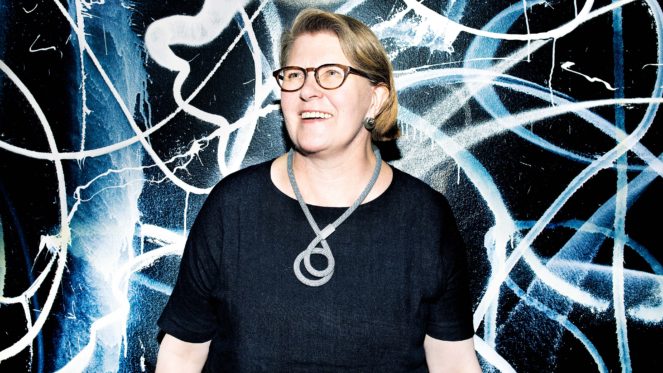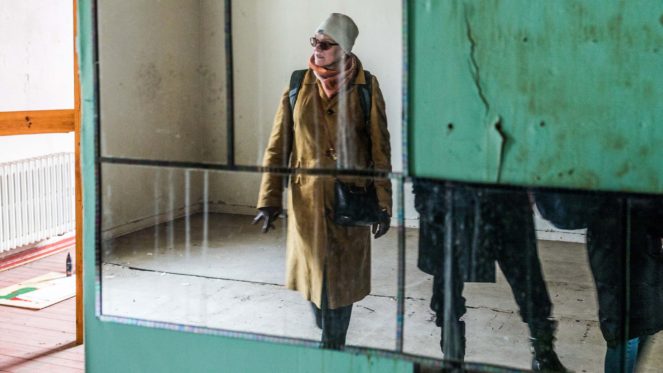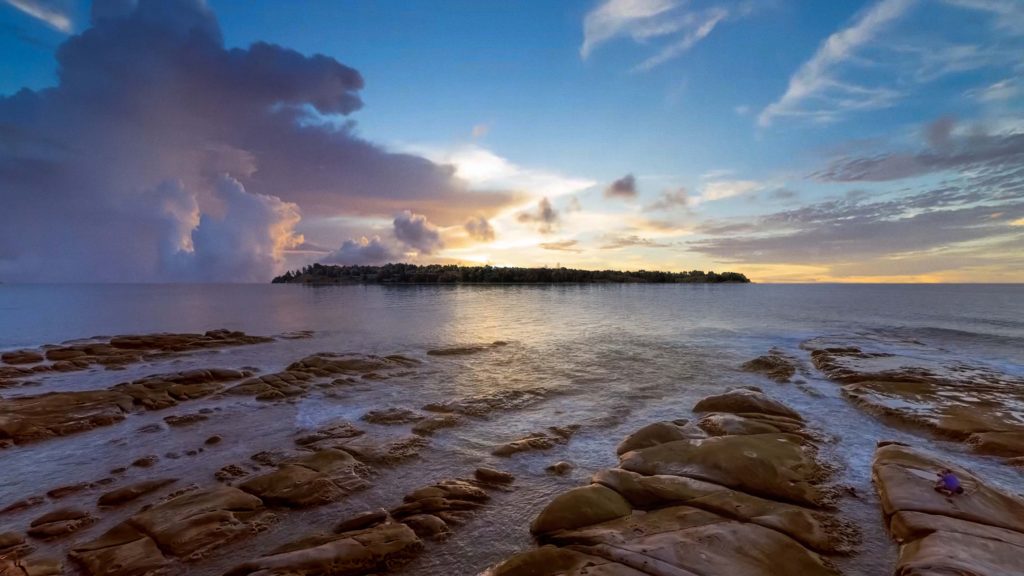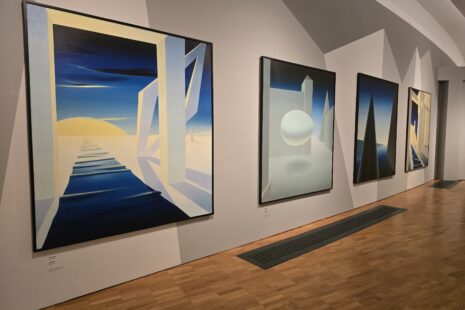Art biennial (or biennale) is a large international exhibition held every two years. The oldest is the Venice Biennale, which has been held since 1895. Since the 1990s there has been a tremendous increase of biennales, so today we have more than 300 such international events organized worldwide, there are new ones popping up every day. So why do we need these art biennales?
In 2018 Riga biennale RIBOCA was established by private funding of Mirgorodsky family and international team of curators, with 55 thousand visitors and budget estimated around 3 million euros. In Baltic region it was the first international contemporary art biennale with international focus. Looking around nearby, Oslo city just opened a new biennale in 2019 with this years budget of 2,5 million euros.
Helsinki biennale on an island – new and original.
The City of Helsinki has announced a new biennale for 2020 taking place in Vallisaari. From June, 13 until September 27th the biennale hopes to gather 300,000 visitors. The events are free of charge, and the service to the island is organized from the Market Square, hopefully by Uber boats. The biennale is funded by the City of Helsinki and the Jane and Aatos Erkko Foundation, with a grant of 2.5 million euros.
The idea to organize the biennale is initiated by the capital of Finland as Helsinki wants to strengthen the maritime brand of the city and also understands the importance of softer values. “Culture and art have always been a key part of Helsinki’s identity and it is increasingly growing part of the city’s international attractiveness,” said mayor of Helsinki Jan Vapaavuori at the publicity event for Helsinki biennale on M/S Isosaari (Helsingin Sanomat). According to Vapaavuori, the purpose is not to duplicate what has been seen in the world, but to bring a new and original look. Vapaavuori says he believes the Biennale has the ingredients to be one of the most talked about events internationally.
Contrary to the Oslo biennial, Helsinki Art Museum HAM, has been assigned completely to the production of the biennial. HAM director Maija Tanninen-Mattila will give as some insights about the biennale.

Helsinki Biennial director Maija Tanninen-Mattila. Photo courtesy: HAM
Why the city decided to make a contemporary art biennale?
I think Helsinki city now has an awareness of the importance of cultural events and exhibitions as promoters of tourism and people traveling. The amount of coverage Helsinki city has received from the openings of library (Helsinki Central Library Oodi) public art and the museum Amos Rex internationally has been incredibly good. Helsinki city official structure has gone through a very big organizational change and now, the mayor and the deputy mayors were elected for four years.
The city has a maritime strategy, which is much broader and the biennale, taking place in 2020, is a part of this maritime strategy. Helsinki has done a great job with the coastline – you can walk along the coastline and it’s really nice, there are cafes and you can go for a run in the parks. Many islands outside of Helsinki have been closed for military purpose for decades and now they’ve been opened up, as the army has left. I think it is a very good idea to open up the islands to the public and not to privatize everything completely.
Tell me more about Vallisaari, where the biennale takes place.
Vallisaari is located 15 minutes boat ride away from the center of Helsinki Market Square, three years ago it was opened up for the public. It is really beautiful with fantastic views, but people are not so eager to go there. City really wants the island to be opened up with presenting public art. I think it is very interesting as the island and the biennale will give us an opportunity to work with different artists and maybe some of the art pieces will end up being more permanent in their location in the long run. If people like it and they want it in their neighbourhood, it could happen.

Vallisaari skyline. Photo courtesy: HAM
The Helsinki Biennale has the potential to stand out because it is organized in the middle of wild archipelago nature.
How do you position Helsinki biennale among other biennales?
Many of the world’s art biennials take place in big cities. The Helsinki Biennale has the potential to stand out because it is organized in the middle of wild archipelago nature, but it is also the challenge: how to organize the event without harming the island’s nature
The biennale is a good concept, as it can reinvent itself every time. It’s not as heavy as a museum. I think we can use this format as a testing ground or a laboratory. There are not many biennales happening on islands. Vallisaari is also an island with a very rich history, as it’s been a part of the defence, and there are some fantastic buildings there. For example, a cellars out of bricks from Russian Empire time, very beautiful outdoor areas with open sea – it differs so much from any other venue.
Visiting the biennale is free for visitors, which is not too common. Visitors only have to take care of the travel expenses – how to get to the island. But if you have your own boat, then, though some of the spaces might be closed for the night, the biennale is accessible most of the time.
How many people do you expect to attend the biennale?
We are hoping to receive 300 000 visitors.
Who do you expect to visit the biennale?
We hope to see locals, as the island is going to be opened up especially to local inhabitants all year around, but of course the tourists are very important for us. Helsinki is a gateway to Asia, so Asian tourists are expected, of course the Baltic and Nordic tourists are also very welcome. We hope to create an international biennial which is interesting to international art world and worth coming to see.
Our archipelago is such a well-kept secret, but we would like to share it now. It is a very different way of experiencing Helsinki, to go out on a boat to the sea. It is very wild also on the island: it’s a true trip into a wilderness and you can’t imagine it while walking along the Esplanade to the Senate Square.
The Vallisaari Island is protected area and exceptionally rich in natural values, therefore nature sets a precise framework for the art event and for the works.
How do you choose the artists?
The Helsinki Biennial is curated by Pirkko Siitari, Head of exhibitions at HAM and Taru Tappola, Head of public art at HAM.
The list of artists included at Helsinki biennale 2020 will be published in March, the first edition of the biennial is estimated to include 40 works by international artists and artists living in Finland. The Vallisaari Island is protected area and exceptionally rich in natural values, therefore nature sets a precise framework for the art event and for the works. Works of art are mainly placed on a three-kilometer route to the island. Besides nature, history is strongly present on the island. The art is also exported to the interior, it is in a square cellar and a long-abandoned house, which is now open to the public for the first time.

Helsinki Biennial Head Curator Pirkko Siitari. Photo courtesy: HAM









